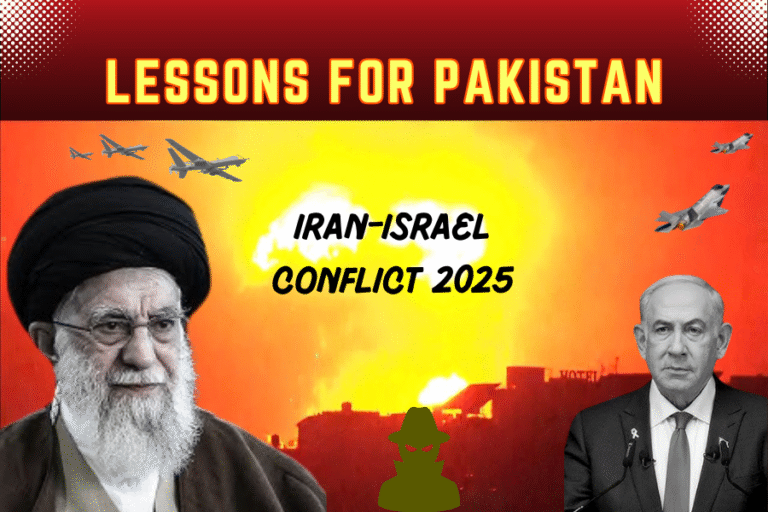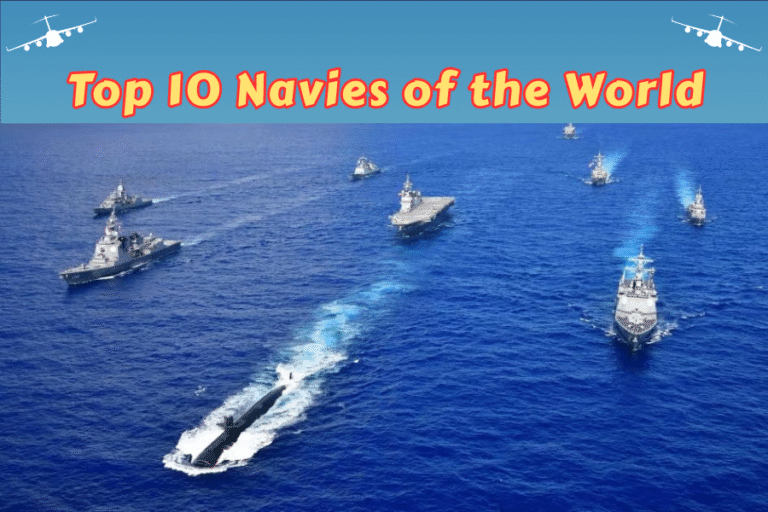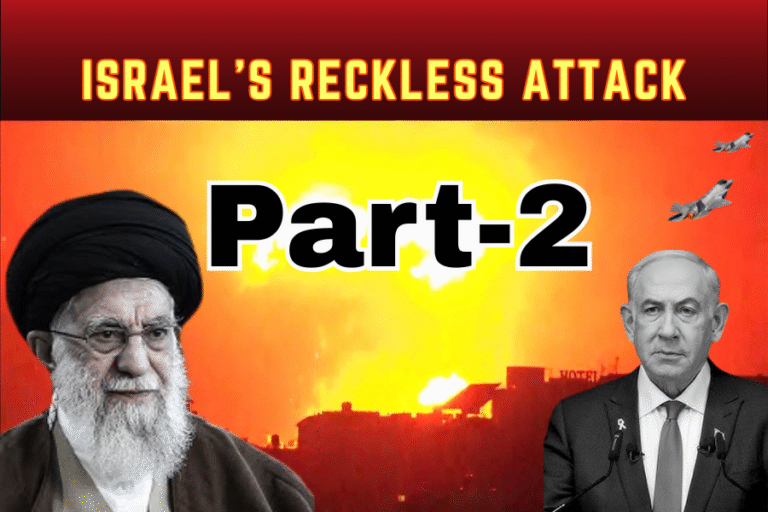(By Khalid Masood)
The Turkish Air Force stands as a linchpin of Türkiye ’s defence, its wings guarding a nation at the crossroads of continents. With 60,000 personnel, 300 fighter jets, and a drone arsenal reshaping modern warfare, the THK is a force to be reckoned with, ranked 8th globally by air power indices in 2025. Its strategic importance lies in Türkiye ’s unique position: a NATO member bordering Syria, Iraq, and Russia, with stakes in the Aegean, Black Sea, and Eastern Mediterranean. From countering insurgents in Operation Claw-Lightning to air policing NATO’s skies, the THK embodies Türkiye ’s assertive foreign policy under President Recep Tayyip Erdoğan. This article explores its historical evolution, fleet capabilities, training, indigenous industry, geopolitical operations, challenges, and future ambitions, offering a comprehensive portrait of a force shaping the 21st-century battlespace.
Historical Background: From Ottoman Skies to Modern Might
Formation and Early Years (1911–1945)
The THK traces its origins to 1911, when the Ottoman Empire established an aviation school in Yeşilköy, acquiring French Blériot monoplanes. During World War I, Ottoman pilots flew 90 aircraft, conducting reconnaissance over Gallipoli and the Caucasus, though losses were heavy—80% of planes were destroyed by 1918. The Turkish War of Independence (1919–1923) saw the fledgling air force, with 17 aircraft, support Mustafa Kemal Atatürk’s forces, notably at the Battle of Sakarya. By 1923, the Republic of Türkiye formalized the THK, acquiring German Junkers and Italian Ansaldo planes, laying the foundation for a national air arm.
Cold War Era (1945–1991)
Türkiye’s 1952 NATO membership transformed the THK, ushering in U.S. aid under the Truman Doctrine. The air force acquired F-86 Sabres, F-100 Super Sabres, and F-104 Starfighters, growing to 500 aircraft by the 1970s. F-4 Phantoms, introduced in 1974, proved pivotal during the Cyprus invasion, where THK jets flew 1,200 sorties. However, the U.S. arms embargo (1975–1978) over Cyprus exposed Türkiye ’s reliance on foreign suppliers, prompting early indigenous efforts like TUSAŞ’s formation in 1973. By 1991, the THK operated 400 combat aircraft, a regional powerhouse aligned with NATO’s Cold War strategy.
Post-Cold War Modernization (1991–Present)
The Gulf War (1991) marked the THK’s global debut, with F-16s supporting coalition operations from İncirlik Air Base. In the 1990s, Türkiye acquired 240 F-16s, modernized with CCIP upgrades, and deployed them in NATO’s Kosovo campaign (1999) and Afghanistan (2001–2021), flying 10,000 hours. The THK shifted from defensive deterrence to expeditionary warfare, reflecting Türkiye ’s regional ambitions. The rise of Bayraktar TB2 drones in the 2010s revolutionized its capabilities, with 100+ units deployed by 2025. The 2016 coup attempt and U.S. sanctions, however, disrupted modernization, challenging the THK’s trajectory.
Organizational Structure: A Disciplined Force
The THK operates under the Turkish Armed Forces (TSK), reporting to the Ministry of National defence and General Staff in Ankara. Headed by Air Force Commander General Ziya Cemal Kadıoğlu, it comprises 60,000 personnel across two tactical air commands: 1st Air Force Command (Eskişehir) and 2nd Air Force Command (Diyarbakır). Key bases include İncirlik (Adana), hosting NATO assets, and Merzifon (Amasya), home to F-16 squadrons. The Air Defence Command oversees radar networks and S-400 systems, while the Training Command manages pilot education. The THK’s 10 major bases, with 50,000 annual sorties, ensure rapid deployment across Türkiye’s 783,562 km² territory and beyond.
Fleet and Technological Capabilities: A Modern Arsenal
Fighter Aircraft
The F-16 Fighting Falcon, with 240 units (Block 50/50+), forms the THK’s backbone, capable of 2,000-pound JDAM strikes and AIM-120 AMRAAM engagements. Upgraded with ASELSAN AESA radars by 2025, these jets boast a 90% mission readiness rate. The phased-out F-4E Terminator, retired in 2020, was replaced by modernized F-16s and drones. The THK’s 30 F-5 trainers support exercises, while plans for 100 Eurofighter Typhoons, discussed in 2024, await approval.
Transport and Refueling
The THK operates 10 A400M Atlas transports, each carrying 37 tons, and 19 C-130 Hercules for tactical airlift. Seven KC-135 Stratotankers, acquired in 1994, extend F-16 ranges by 1,500 km, critical for Syrian and Libyan operations. These assets logged 5,000 hours in NATO missions since 2010, ensuring logistical reach.
Unmanned Aerial Vehicles (UAVs)
Türkiye ’s drone program, led by Baykar, is a global game-changer. The Bayraktar TB2, with 500 units worldwide, delivers MAM-L missiles, achieving 95% accuracy in Syria and Libya. The Akıncı UAV, carrying 1.5 tons of payload, conducted 200 strikes by 2025. TUSAŞ’s Anka-S, with 30 units, supports ISR missions. Exports to 30 countries, generating $2 billion annually, underscore Türkiye ’s UAV dominance.
Radar and Air Defence Systems
The THK’s radar network, with 40 ASELSAN KALKAN-II systems, covers 360° at 120 km. The S-400, acquired in 2019 for $2.5 billion, engages targets at 400 km but remains dormant due to NATO tensions. Indigenous HISAR-A/O systems, with 100 km ranges, deploy by 2026, reducing reliance on Russia.
Training and Human Capital: Forging Elite Aviators
The Turkish Air Force Academy in İzmir graduates 200 pilots annually, with a 4-year program emphasizing NATO-standard flight training. F-16 simulators and 30 T-38M trainers achieve 1,500 hours yearly per cadet. NATO exercises, like Anatolian Eagle, involve 20 nations and 100 aircraft, enhancing interoperability. The 2016 coup attempt purged 600 pilots, causing a 20% shortfall; by 2025, recruitment incentives and Baykar’s drone training restore 90% capacity, though retention remains a challenge.
Domestic Aerospace Industry: Quest for Autonomy
Turkish Aerospace Industries (TUSAŞ), ASELSAN, and Roketsan drive Türkiye ’s self-reliance. TUSAŞ’s TF-X (KAAN), a fifth-generation fighter, aims for 2028 delivery, with stealth, supercruise, and AESA radar capabilities rivaling the F-35. Powered by GE F110 engines initially, it targets $20 billion in exports by 2040. ASELSAN’s $1 billion radar contracts and Roketsan’s SOM missiles equip 80% of THK platforms. Despite $10 billion invested since 2010, engine dependency and sanctions hinder progress.
Geopolitical Role: A Force Beyond Borders
The THK’s operations reflect Türkiye ’s assertive geopolitics. In Syria, Operation Claw-Lightning (2021–2025) saw TB2 drones destroy 500 PKK targets, reducing casualties by 70%. In Libya (2020), 20 TB2s shifted the balance for the GNA, securing $1 billion in contracts. Eastern Mediterranean disputes with Greece involve 50 annual F-16 patrols, escalating tensions. NATO missions, including Baltic air policing, log 2,000 THK hours, while Black Sea deterrence counters Russia’s 200-ship fleet.
Challenges and Controversies: Turbulence Within
The 2016 coup attempt decimated THK leadership, with 5,000 personnel dismissed, halving F-16 readiness until 2020. U.S. CAATSA sanctions, triggered by the S-400 purchase, excluded Türkiye from the F-35 program, costing $9 billion and 100 jets. Balancing NATO ties with Russia’s $5 billion trade strains relations, while $15 billion in Syrian operations draws domestic criticism amid 50% inflation. Experts in 2025 highlight public discontent over “imperial adventures.”
Future Outlook: Soaring Toward 2030
By 2030, the THK aims for 200 KAAN fighters, 500 drones, and 50 HISAR systems, with a $20 billion budget. Eurofighter acquisitions and Akıncı exports to 10 new markets signal growth. Yet, Greece’s F-35s and Russia’s Su-57s challenge air superiority. Türkiye ’s pivot to BRICS and SCO, alongside NATO, reflects a multipolar strategy, positioning the THK as a hegemon in the Black Sea and Levant.
Conclusion: The Crescent’s Enduring Flight
The Turkish Air Force, born in the crucible of Ottoman ambition, has soared through a century of conflict and change. From F-16s thundering over Syria to TB2s rewriting warfare, the THK embodies Türkiye’s unyielding pursuit of power. Despite purges, sanctions, and regional rivalries, its 60,000 airmen and $2 billion drone exports herald a new era. As the KAAN takes flight, the THK will shape Türkiye ’s destiny, a crescent ascending in a multipolar sky, balancing legacy and audacity in a world of shifting winds.







